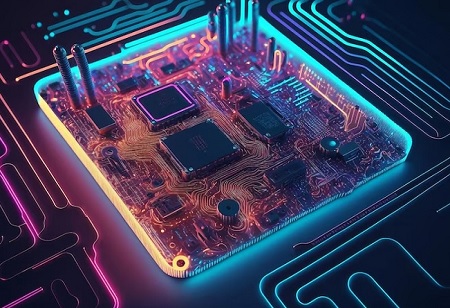
American semiconductor manufacturer Advanced Micro Devices (AMD) has partnered with Indian manufacturers of 4G and 5G equipment, including VVDN and C-DoT, to provide telecom services in the nation, facilitated by its purchase of Xilinx, a manufacturer of programmable logic chips. “We are bringing leading-edge, power-efficient technologies to India to power radios, servers and compute requirements at data centers and the edge, and even in the RAN (radio access network)”, said Gilles Garcia, Senior Director Business Lead, Data Centre Communications Group, AMD.
About 10,000 people work for AMD in India, where they are engaged in chip architecture design, software development, validation, and research & development. In July, the business declared that it will be spending $400 million over the next five years in India to increase its software development and chip design skills. Garcia said AMD has received good response, with most major local vendors of 4G and 5G players and server makers using its technology. “We are really trying to bring the ecosystem together and raise this ecosystem and help it as much as we can”, he said.
As a fabless firm that does not produce its own chips, AMD does not believe there are many prospects to be involved in the manufacturing industry. AMD is indirectly responsible for turning India into a centre for electronics manufacturing by supporting regional vendors like VVDN in their production of servers and radio equipment, said Garcia.
“Because we are fabless, it is helping us in one form or the other because then we can work with the ecosystem and have them use local manufacturing. But since we do not have manufacturing, we are not involved in the Made in India manufacturing aspect of things".
The company displayed many ideas that utilise AMD's radio devices in addition to a locally manufactured server that uses AMD central processing units. The business also demonstrated its artificial intelligence (AI) engine, which it acquired after acquiring US-based chipmaker Xilinx. Garcia claims that Xilinx's 5G processing capabilities would serve as the foundation for 6G networks.
We use cookies to ensure you get the best experience on our website. Read more...